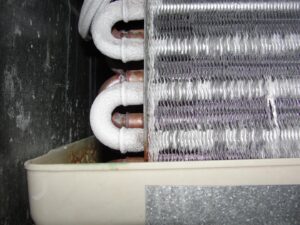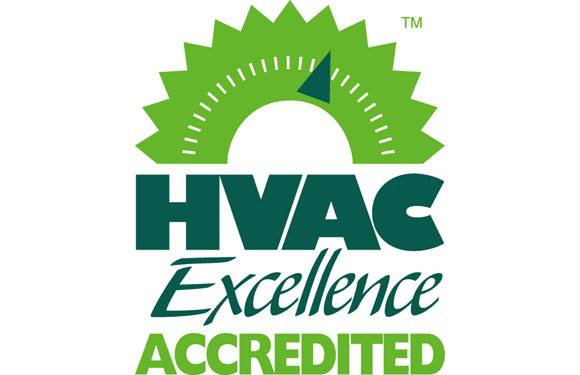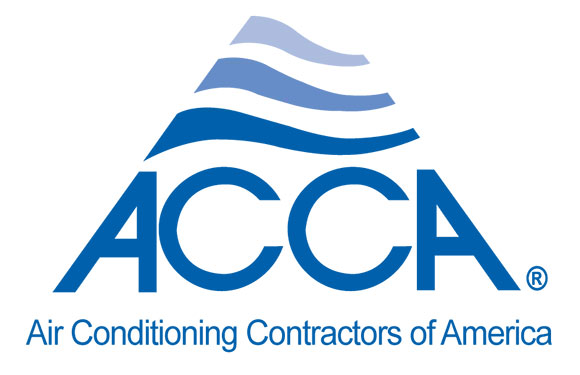
News, Technology
NVision’s 3D Scanning Helps HVAC Makers Keep Their Cool

Air conditioning is hotter than ever. Hot as in demand, a must-have, a comfort most of us want, and, with higher trending temperatures generating heat-related health issues, one that many can no longer live without. NVision, Inc., a leader in 3D non-contact optical scanning and engineering, has worked extensively with the HVAC (Heating/Ventilation/Air Conditioning) industry for more than 30 years and recently helped major HVAC manufacturers successfully:
- Evaluate and confirm the viability of converting copper system components to aluminum.
- Reverse-engineer and improve the design of air conditioning (A/C) drip pans.
More than a century after Willis H. Carrier built the first modern electrical air conditioning unit, A/C systems are a fixture in most U.S. homes. According to the U.S. Energy Information Administration (EIA), as of 2020 nearly 90 percent of U.S. households were using air conditioning. Internationally, the use of A/C is expected to rise over the next 30 years, with the world’s hottest regions producing much of the demand.
The near-essential nature of A/C makes HVAC a highly competitive industry. Improving efficiency, dependability, and affordability is essential to staying alive in the A/C market. To address these challenges, some A/C manufacturers are following the example of the automotive industry and converting their copper system components to aluminum.
When it comes to A/C components, aluminum offers several advantages over copper. Aluminum is the more abundant metal and thus is less expensive. It is also lighter, providing more options for system designers and engineers. But perhaps more significantly, it is impervious to formicary corrosion, which attacks copper and copper alloy tube walls, creating a network of microscopic tunnels culminating in pinholes and leaks in coils and piping. Formicary corrosion can cause premature equipment failure and reduce the longevity of system components.
One of the principal U.S. HVAC manufacturers wanted to test the viability of converting its copper A/C components to aluminum. “The primary impetus for the proposed conversion was to avoid formicary corrosion of pipes,” says Steve Kersen, President of NVision. “Before greenlighting the conversion, the manufacturer wanted to assess the results of converting to aluminum to ensure that all the parts would meet manufacturing specifications. To accomplish this, the new aluminum parts needed to be precision-measured to a degree that was impossible with traditional measurement tools, such as calipers.
“The HVAC company had done extensive research and understood the high level of accuracy that non-contact scanning brings to part measurement and inspection,” says Kersen. “They asked NVision to conduct first-article inspections, spot-checking parts from the first production run to confirm that they matched all the manufacturing tolerances.”
NVision engineers began scanning the converted A/C components, which required multiple non-contact scanners, including HandHeld laser and CT scanners. The NVision team measured the system’s U-shaped coils, as well as its casings, soldering joints, and more.
A/C parts scanned by NVision engineers included the system’s coils, casings, and soldering joints. (Note: Image is not from this project)
“Our HandHeld scanner has an accuracy of +\- 0.025 mm or 25 microns, which is one-thousandth (0.001) of an inch. As its laser light sweeps across an object’s surface, it rapidly—at a speed of 60,000 or more separate measurements per second—collects massive amounts of individual location points on the surface, each with its own x,y,z coordinates and i,j,k vectors,” says Kersen. “The full dataset, or ‘point cloud,’ collected by the scanner comprises literally millions of these measurement points. With this vast amount of dimensional data, we inspected the components against all the aluminum parts in the A/C system, down to the most minute detail.”
A CT scanner uses X-rays to produce 3D representations of external, as well as internal, components. As its accuracy depends on material density, aluminum is ideal for CT inspection, allowing for an accuracy of 0.0004 inches.
“The scanning results confirmed that the new aluminum parts met all of the manufacturer’s specifications, so the company proceeded to convert its A/C parts from copper to aluminum,” says Kersen.
NVision also worked with a second HVAC manufacturer, one that has built much of its reputation on making some of the most energy-efficient A/C units on the market. It also manufactures heat pumps, furnaces, boilers, garage heaters, air handlers, thermostats, and indoor air quality systems.
The company was going to modify the drip pans on five of its A/C units but needed accurate CAD (computer-aided design) models of the current pans to serve as the starting point for the redesign. Drip pans play a vital role in the A/C process as they collect the condensate produced as evaporator coils come into contact with the surrounding warmer air of a home.
To create nominal CAD models, NVision needed to scan three drip pans of each style, as three would provide an average of each pan style’s dimensions. Thus a total of 15 different drip pans were scanned. Made of commodity plastics, such as polyurethane, the pans were all rectangular and roughly measured about 3 feet x 3 feet x 3 inches.
After scanning the pans with a HandHeld laser scanner, NVision engineers used the point clouds to create STL (STereoLithography) models of each pan’s average dimensions, followed by the creation of 3D models. These were then converted to CREO, which is, along with SolidWorks, one of the five major 3D CAD platforms. The manufacturer used these models to make the desired modifications to its A/C drip pans.
“I’m proud that our 3D scanning and engineering services played a role in extending the lifespan and improving the design of these A/C systems. Neither of these projects would have been as successful without the accuracy of 3D non-contact scanning,” says Kersen. “You could say that NVision is helping to improve home comfort from A to C.”
For more information about NVision’s 3D measurement and engineering services, contact:
NVision, Inc.
577 Commerce Street, Suite 100
Southlake, TX 76092
Ph: 817.416.8006, Fax: 817.416.8008
Email: sales@nvision3d.com
About NVision
NVision, Inc. (www.nvision3d.com) was established in 1990 with one goal in mind: to provide customers with the highest accuracy non-contact optical measurement services for Reverse Engineering and Inspection. Focusing our expertise on the aerospace, power generation, and oil/gas industries, NVision provides exceptional contract scanning services to companies throughout North America. With a plethora of the latest scanning tools and materials analysis equipment, our elite team of engineers provides customers with an unmatchable level of experience and is able to advise and assist with the most difficult engineering challenges.
NVision’s clients include industry leaders such as Boeing, GE, Lockheed, Lear, NASA, Porsche, Raytheon, Siemens, Toyota, and every branch of the U.S. military. NVision has been featured in Quality magazine, Packaging Technology Today, Moldmaking Technology, Digital Engineering, 3D Printing Industry, Today’s Medical Developments, Machine Design, Design & Development Today, and many other leading publications.















